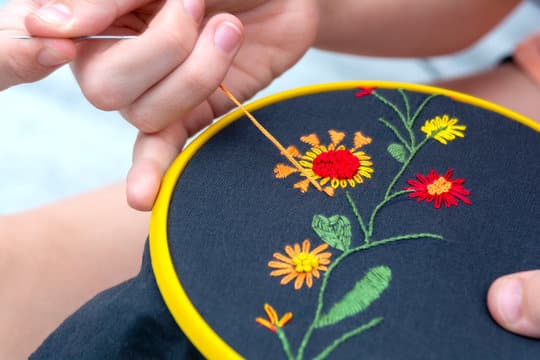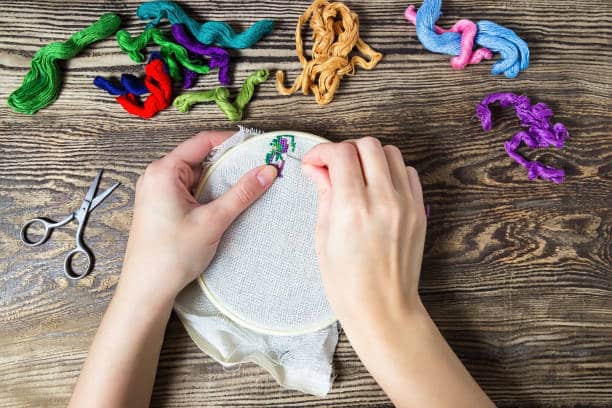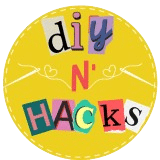Hand embroidery is a hobby that spans decades, and the best part? It’s really not that hard to learn. Once you’ve got a feel for it and mastered some basic stitches, we just know you’ll be unstoppable. Not only is embroidery a great hobby to alleviate stress, reduce anxiety, keep your brain healthy, build confidence, and give you a creative outlet, but hand embroidery makes for an incredible gift, gives you a unique way to mend garments, and hey, if you’re really into it, you may have just found your new side hustle.

Materials needed:
Embroidery hoop
Sharp needles
Embroidery floss
Fabric
Here’s what you’ll do:
First, prepare your hoop, or rather, get familiar with your hoop. You’ll simply unscrew the loop and sandwich your fabric between to make sure it’s pulled nice and tight. You won’t want your fabric hanging loose, not only does this make the embroidery part difficult, but it won’t look as nice and neat in the end.
Next, you’ll thread your needle. Hand embroidery requires you to separate floss into strands. The thickness will vary, but most embroiders use between 1 – 6 strands. To prevent snags and knots, keep threads at an appropriate length, roughly to your elbow.
Time to get to stitching. You’ll do this by inserting your needle behind the fabric and pulling your needle and thread almost to the end. Re-insert your needle through the same hole and you’ve made your first stitch.
Lastly, end your stitch. There are a few different ways you can do this: you can opt to weave your floss in between stitches, you can tie a basic knot, or you can split your floss into two threads and tie a knot with them.
Embroidery Tips

Practice all kinds of different stitches. The best way to do this? Attempt various stitches with a variety of different thread colors all on the same hoop. Not only is this great practice, but the finished hoop will be a reminder of when you started and you can look back on how far you’ve come.
Allow yourself to be a beginner. Practice makes perfect, so have patience and know that you will mess up, but you can always start again or just roll with those happy accidents.
Start small. Even once you mastered stitches and feel comfortable with your materials, choose simple designs to begin embroidering.
Cheap materials are still materials. As a beginner, nab materials from thrift stores until you really know what you’re doing and that you like embroidery as a hobby. This way, if you figure out it’s just not your thing, you don’t have to feel bad about being out some major cash.
Buy tools as you learn. The same goes for higher-quality fabric and thread.
Happy embroidering!
